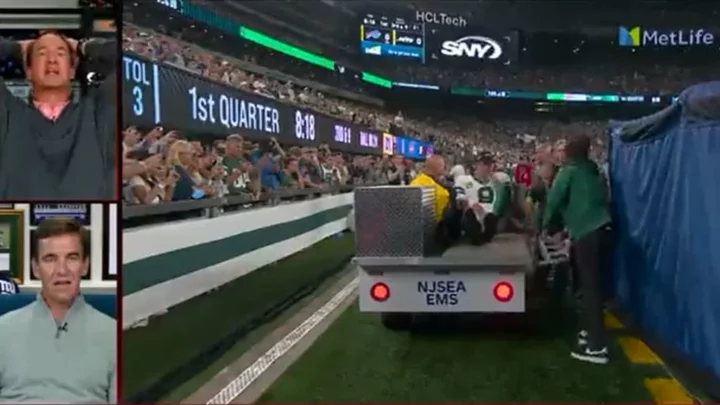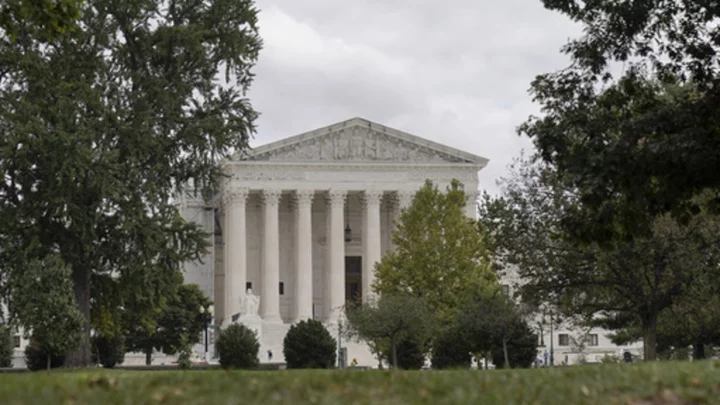( )
Parentheses (the single one is called a parenthesis), also known as curved brackets, have plenty of uses in everyday written language. Their most common use, as I’ve demonstrated already, is segregating subordinate material or asides. Usually, this is stuff that could be left out of the text or skipped over during reading without altering the flow or meaning of the surrounding sentence. You can do the same thing with commas, like I did in the last sentence and am doing now, but, if you’ve got a few commas in the sentence for other purposes, things can get a little out of hand, like they might be here.
In cases where a writer is uncertain whether a subject(s) is singular or plural, or male or female, and (s)he wants to cover all the bases, parentheses denote that things could be one or the other.
Parentheses also have a few uses in mathematics, and are used to denote sets of coordinates, set aside the arguments of functions and set precedence in the order of operations. You might remember the mnemonic device PEMDAS (or BODMAS or BEDMAS if you’re from the UK or Canada) from math class: in a calculation, you do the stuff in parentheses first, then exponents, then multiplication and division, and finally addition and subtraction (left to right on those last four).
[ ]
Square brackets are primarily used to modify quoted text by someone who isn’t the original author. These modifications might include…
- Adding clarification - “He [the sheriff] shot them [the zombies] in the head.”
- Adding missing information - “The zombies had come into the city from two adjoining counties [Butler and Beaver].”
- Adding missing words - “Where [are] the zombies at?”
- Adding editorial comment - “If you are bitten by a zombie, do not try to hide it from your fellow survivors.” [emphasis mine]
- Adding an ellipsis or the Latin word sic to indicate deleted material or that the text is quoted exactly as it appeared in the original source - “Oh muh gawd [sic], the zombies are coming through the window […]”
Square brackets can also be used to nest subordinate text within subordinate text (this is done by putting square brackets [like these guys] inside parentheses).
In mathematics, square brackets are used to denote floor and ceiling functions, commutators, matrices, intervals and other things that I don’t understand.
{ }
Curly brackets, sometimes called squiggly brackets or braces, don’t see much use in everyday writing, but do pop up in poetry (to join triplet lines), music (to mark grace notes), math (to list members of a set) and different programming languages (to enclose groups of statements).
< >
Chevrons, or angle brackets, are also largely confined to specialized use. In programming markup language, like html, tags and other statements. In comic books, graphic novels and video games, they’re sometimes placed around dialog to indicate that the character is speaking another language and you’re reading the translation. On TV, they're sometimes placed around the names of sounds (
In more common usage, especially in online conversation, they’re used to make text hearts (<3) or indicate a writer’s physical actions .
This article was originally published on www.mentalfloss.com as What’s the Difference Between ( ), [ ], { } and < >?.

![What’s the Difference Between ( ), [ ], { } and < >?](/i/c/59c9f13e-6fd7-341f-77d2-d63fe03638cd.webp)







